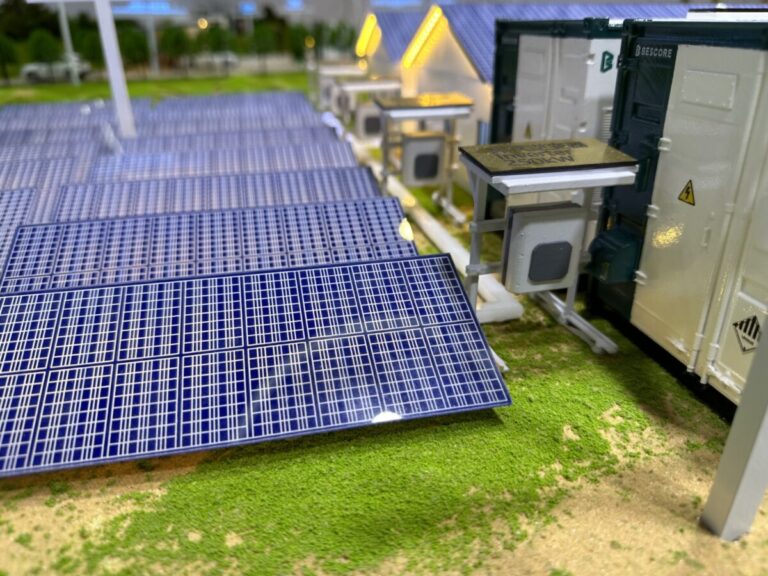A group of scientists from the UAE-based energy company have developed a new method to perform IV curve measurements without transporting the solar panels to laboratories for detailed analysis. The proposed Suns-Vmp approach reportedly provides a “very low” mean square error between the simulated and real IV curves.
“It is common practice in the PV industry to monitor the health of PV systems using their current-voltage (IV) curves. However, these IV curves are rarely measured in the field, requiring the modules to be transported to laboratories for detailed analysis,” shared Shahzada Pamir, corresponding author of the study. pv magazine. “This process disrupts the normal operation of the PV system and risks physical damage to the modules during transport. To address this challenge, we developed a physics-based statistical model known as the Suns-Vmp method.”
The proposed method is described as a non-destructive, non-intrusive and non-interruptive technique that uses voltage at maximum power (Vmp) and current at maximum power (Imp), together with irradiance and module temperature to generate ‘pseudo’ I reproduce. V-curves. These pseudo IV curves are then fitted with a suitable equivalent electrical circuit model, specifically a two-diode model.
The new approach also assumes monotonic degradation of the PV parameters over time. “The temporal evolution of these PV parameters not only reflects the overall degradation of the PV module, but also highlights the underlying causes,” explains Pamir.
“From our analysis of the 110 PV modules installed under harsh desert conditions, the average energy degradation rates for monocrystalline, polycrystalline and thin film technologies were estimated at approximately 0.21% per year, 0.49% per year and 1.51% per year . % per year,” said Pamir, adding that the panels were deployed at different angles of inclination and subjected to different cleaning frequencies.
The Suns-Vmp method was also found to provide a “very low” average root mean square error (RMSE) of 0.35 Å between the simulated and real IV curves. “A major disadvantage of the Suns-Vmp method in its current form is that it cannot reproduce IV curves for partially shaded modules, which have IV curves with steps or kinks,” the academics said. “This is because the PV parameters extracted by the Suns-Vmp method are representative of the entire module.”
“This study is the first of its kind to analyze the degradation pathways of PV modules under the harsh conditions of the Dubai desert using actual PV modules,” Pamir further explains. “The findings provide an essential basis for real-time monitoring and complement direct measurements, providing new insights into the prevailing degradation modes across different module types. The extensive validation of the Suns-Vmp approach not only underlines its practical applicability, but also increases our understanding of module performance in desert climates.”
This content is copyrighted and may not be reused. If you would like to collaborate with us and reuse some of our content, please contact: editors@pv-magazine.com.


